
Filter News
Area of Research
- (-) Biology and Environment (71)
- (-) Computer Science (7)
- Advanced Manufacturing (3)
- Biological Systems (2)
- Computational Biology (1)
- Computational Engineering (2)
- Electricity and Smart Grid (3)
- Energy Science (82)
- Functional Materials for Energy (1)
- Fusion and Fission (8)
- Fusion Energy (8)
- Materials (25)
- Materials for Computing (2)
- National Security (22)
- Neutron Science (15)
- Nuclear Science and Technology (12)
- Nuclear Systems Modeling, Simulation and Validation (1)
- Quantum information Science (2)
- Sensors and Controls (1)
- Supercomputing (67)
News Topics
- (-) Advanced Reactors (1)
- (-) Bioenergy (46)
- (-) Grid (5)
- (-) Machine Learning (13)
- (-) Mercury (7)
- (-) Summit (11)
- 3-D Printing/Advanced Manufacturing (11)
- Artificial Intelligence (15)
- Big Data (14)
- Biology (74)
- Biomedical (16)
- Biotechnology (14)
- Buildings (3)
- Chemical Sciences (12)
- Clean Water (11)
- Composites (5)
- Computer Science (34)
- Coronavirus (13)
- Critical Materials (1)
- Cybersecurity (2)
- Energy Storage (9)
- Environment (92)
- Exascale Computing (5)
- Frontier (3)
- Fusion (1)
- High-Performance Computing (22)
- Hydropower (8)
- Isotopes (2)
- Materials (12)
- Materials Science (7)
- Mathematics (4)
- Microscopy (10)
- Molten Salt (1)
- Nanotechnology (7)
- National Security (3)
- Neutron Science (4)
- Nuclear Energy (1)
- Partnerships (6)
- Physics (2)
- Polymers (2)
- Quantum Science (3)
- Security (2)
- Simulation (15)
- Transportation (3)
Media Contacts

A force within the supercomputing community, Jack Dongarra developed software packages that became standard in the industry, allowing high-performance computers to become increasingly more powerful in recent decades.
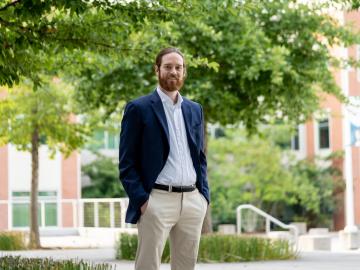
Bryan Piatkowski, a Liane Russell Distinguished Fellow in the Biosciences Division at ORNL, is exploring the genetic pathways for traits such as stress tolerance in several plant species important for carbon sequestration
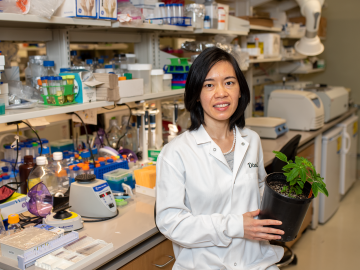
A team of researchers working within the Center for Bioenergy Innovation at ORNL has discovered a pathway to encourage a type of lignin formation in plants that could make the processing of crops grown for products such as sustainable jet fuels easier and less costly.

ORNL, TVA and TNECD were recognized by the Federal Laboratory Consortium for their impactful partnership that resulted in a record $2.3 billion investment by Ultium Cells, a General Motors and LG Energy Solution joint venture, to build a battery cell manufacturing plant in Spring Hill, Tennessee.

Spanning no less than three disciplines, Marie Kurz’s title — hydrogeochemist — already gives you a sense of the collaborative, interdisciplinary nature of her research at ORNL.
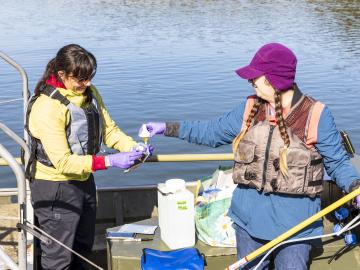
Researchers at Oak Ridge National Laboratory are using a novel approach in determining environmental impacts to aquatic species near hydropower facilities, potentially leading to smarter facility designs that can support electrical grid reliability.
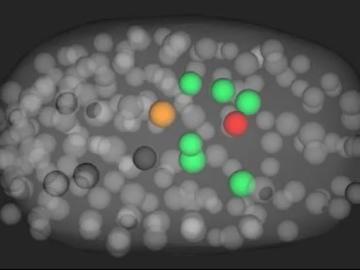
Scientists have developed a novel approach to computationally infer previously undetected behaviors within complex biological environments by analyzing live, time-lapsed images that show the positioning of embryonic cells in C. elegans, or roundworms. Their published methods could be used to reveal hidden biological activity.

A team of scientists led by the Department of Energy’s Oak Ridge National Laboratory and the Georgia Institute of Technology is using supercomputing and revolutionary deep learning tools to predict the structures and roles of thousands of proteins with unknown functions.

Biologist Larry York’s fascination with plant roots has spurred his research across four continents and inspired him to create accessible tools that enable others to explore the underground world.
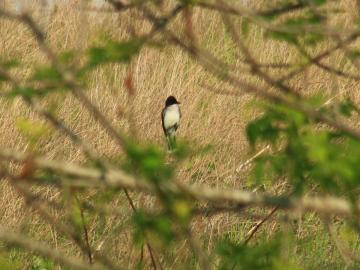
An analysis by Oak Ridge National Laboratory shows that using less-profitable farmland to grow bioenergy crops such as switchgrass could fuel not only clean energy, but also gains in biodiversity.


